by Deborah Portilho
Law, Lore & Practice Bulletin – Pharmaceutical Trademark Group (PTMG),
February 2009, p. 11
A huge proportion of the existing western-language words have already been adopted as trademarks. It is therefore not surprising to know that companies in different market segments all over the world have difficulty in finding available words, and even in coining words to be used as trademarks. Interesting, however, is the fact that, while there is a scarcity of possibilities for new trademarks, there is an abundance of duly registered trademarks simply sitting on the Register and not being used by their owners.
In Brazil, this is particularly true in the pharmaceutical area, where the situation is more complicated as not just any word or coined name can be used to identify a pharmaceutical product, especially if it is a similar product 1. In this regard, it should be noted that it is easier to create a trademark for an original reference product than for a similar product.
In fact, original reference products can be identified by fanciful trademarks, as in the case of ALLEGRA — Aventis’ fexofenadine. Furthermore, the manufacturers of reference products, which are normally the companies that developed the chemical substance, have the prerogative of adopting the Brazilian Common Denomination for the substance as the product’s trademark. A further option for these companies is to adopt only a portion of the Common Denomination, as in Bayer’s mark CIPRO for its ciprofloxacine product.
Similar products, however, have a more limited choice in terms of trademarks. In fact, in order to gain market recognition by doctors and consumers, and in order to compete in the market with other products already established in the same category, the trademark of a similar product normally needs to meet one of the following conditions:
i) it must recall the trademark of the reference product;
ii) it must be formed by the radical of the name of the chemical substance, according to the International or Brazilian Common Denomination;
iii) it must recall the health problem or disease for which the product is intended for; or
iv) it must indicate the therapeutic purpose of the product. Of course, if there were to be massive advertising for the launch of the similar product, it could be identified by a totally new unrelated trademark, but the high investments in this case would hardly pay off.
In view of the above, and since almost all possible combinations of radicals, prefixes and suffixes, as well as descriptive terms, that could be used to form a new trademark, have already been registered, manufacturers of similar products are left with few alternatives in creating their trademarks.
At the same time, the Brazilian Register is loaded with registered pharmaceutical trademarks which are simply not used by their owners. One of the reasons for this is that, before a new pharmaceutical product is launched in the market, laboratories file applications for several marks, in hope that at least one will achieve registration. Normally, more than one registration is granted, but only one is used. The others are usually kept for a possible future use, which does not always occur. Another reason for the great number of non-used marks on the Register is that, in Brazil, evidence of use is not required for renewal of trademarks. Therefore, even when a given trademark is not being used, its owner can apply for its renewal and simply keep it on the Register up until it decides to abandon the mark.
Most probably in view of this and the difficulty in creating new trademarks, there has been a noticeable tendency among Brazilian laboratories to adopt existing registered trademarks for their products. To accomplish this, these companies either look for registrations that have been deemed extinct, or institute cancellation actions based on non-use against the registration covering the trademark of interest. Some examples are the marks VELAMOX, TRANIMET, SOMINEX, BACTOPEN, GENIOL, DERMOVAT, and ASTRINGOSOL, among others, which were originally owned by GlaxoSmithKline and its predecessors in this country, and which are still owned by them abroad, but have been either registered or attempted to be registered by Brazilian laboratories.
It is important to mention that, regardless of whether the company files a cancellation against a given registration, or chooses to adopt an already extinct trademark, it must file a new application for the selected mark and wait at least four or five years to obtain the registration, which is how long the Brazilian PTO is currently taking to grant registrations.
And yet, there are companies, especially multinationals, which have numerous registrations for trademarks that are not used, and probably will never be. Every year these large companies abandon dozens of registered trademarks, consequently losing all of the investments made throughout the years in filing and maintaining these registrations.
In other words, there are companies losing money by abandoning the trademarks that are no longer of interest to them, while there are others spending time and money applying for registration of abandoned marks, sometimes of the very same marks. Would it not be better if, instead of losing, both sides could profit from this situation?
The answer, of course, is yes, and the solution is a simple one: instead of abandoning trademarks that are no longer of interest, the owners could put them up for sale on a specialized website. If a mark is sold, an assignment of the registration to the interested party can then be recorded. If not sold, its owner could let it become abandoned, as originally planned.
Another advantage of having a bank of undesired marks for sale is a possible reduction of the attempts to register those marks that are not used in Brazil, but are still of interest to their owners. But the most important aspect of this situation is that, no matter how one looks at the matter, there is no downside whatsoever for any of the parties involved — only advantages.
Accordingly, this possibility of “recycling” trademarks not only seems to be feasible, and equally beneficial for all the parties involved, but also an ideal situation which could be extended to all market segments, and not just the pharmaceutical area.
1 ANVISA classifies as “similar” those products which neither fall in the category of reference or innovative products, nor in the category of generics. There are two basic differences between a similar product and a generic. The first is that a similar product must be identified by a trademark, whereas the generic cannot bear a trademark, but only the INN and the manufacturer’s house mark. The second basic difference is that the generic, as defined by Law No. 9.787/99, is a pharmaceutical product interchangeable with a reference medicine or innovative product, generally produced after the expiry or renouncement of patent protection, the efficacy, safety and quality of which have been duly attested by official laboratories.
*© Deborah Portilho 2005-2008


